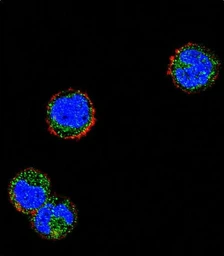KLRC1 antibody
Cat. No. GTX04877
Cat. No. GTX04877
-
HostRabbit
-
ClonalityPolyclonal
-
IsotypeIgG
-
ApplicationsWB ICC/IF
-
ReactivityHuman

